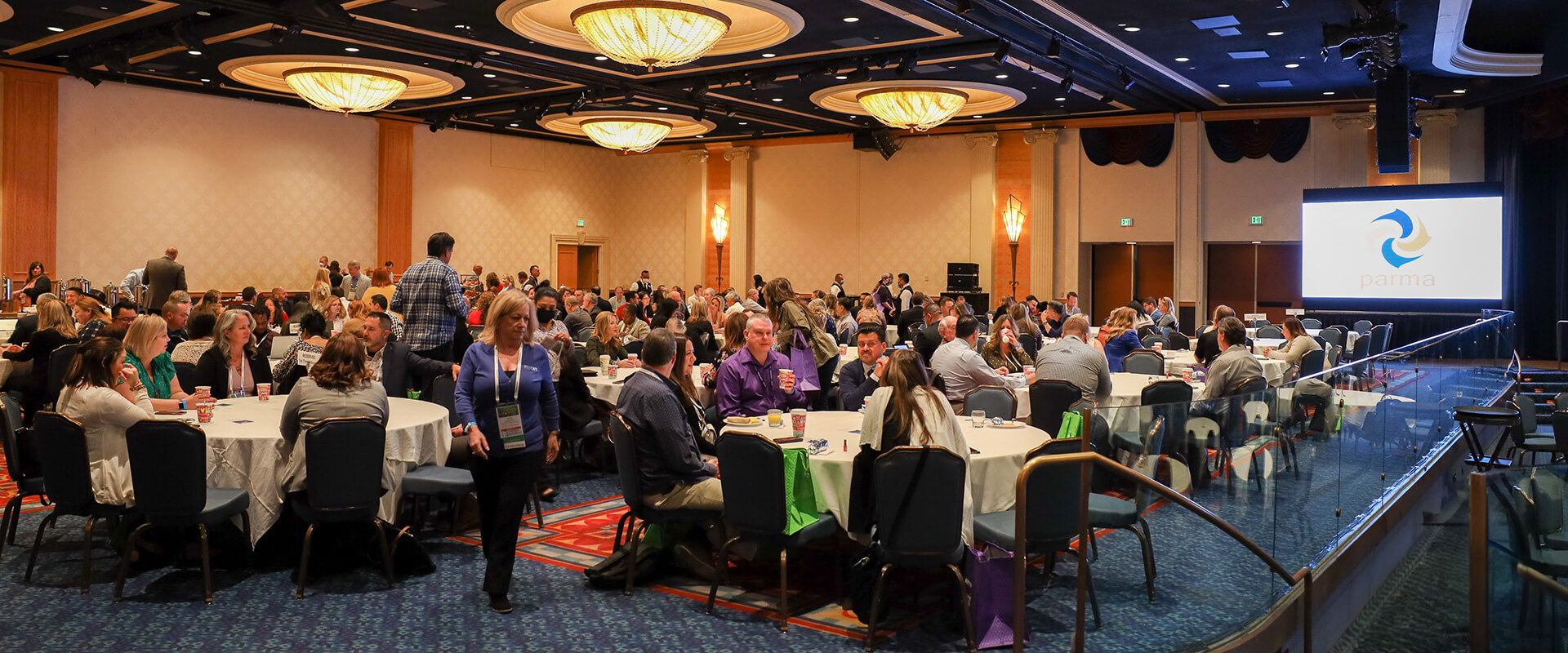Our initial analysis of the school shooting data found some noteworthy patterns. All mass school shooters since 1966 had a large number of risk factors for violence. Forty-five percent had witnessed or experienced childhood trauma, 77 percent had mental health concerns, as evidenced in a prior diagnosis, previous counseling or hospitalization, or medication use, and 75 percent had an interest in past shootings, as evidenced in their writing, social media posts or other activities. The majority of mass school shooters – 87 percent – showed signs of a crisis, as exhibited in their behavior, before the shooting. Seventy-eight percent revealed their plans ahead of time, often on social media. As juveniles, they also used guns that they stole from parents, caregivers and other significant adults in their lives. Our analysis found that about 80 percent of mass school shooters were suicidal. These findings make it clearer why current strategies are inadequate.
Two years before he lined his schoolmates up against a classroom wall and executed them one by one, the student, who would become the gunman, tried to show his English teacher something important.
He had quietly slid up his sleeves to reveal the cut marks running down his arms. The teacher panicked. A novice educator at the time, she had never been coached or trained in what to do in these situations, what to say or how to help. So she passed the student off to another teacher, who then filed a form with the principal’s office. She felt fairly certain nothing else came of it.








